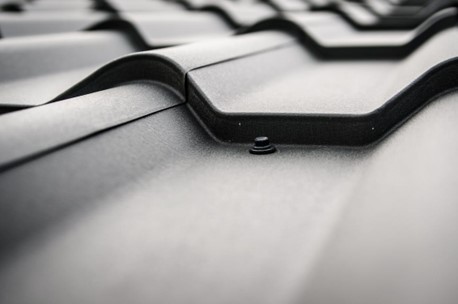|
Enhancing Building Performance from May 2023 As we strive for better energy efficiency and performance in buildings, it's essential to stay up-to-date with the latest changes and regulations. One significant update is the revision of H1/AS1, which sets standards for insulation and joinery in New Zealand. The revised H1/AS1 and H1/VM1 will introduce new climate zones and updated R-Values, aimed at improving building efficiency and reducing energy consumption. Below we’ll explore the recent changes that have come into effect and their impact on building practices:
Revised Climate Zones and Updated R-Values: The first round of changes to H1/AS1 and H1/VM1 was implemented on November 3, 2022, introducing newly created climate zones and updated R-Values for insulation and joinery. These changes were a significant step toward aligning building standards with New Zealand's climate conditions, ensuring buildings are appropriately insulated and able to withstand weather variations.
Minimum R-Value for Window Joinery: The current updates to H1/AS1 focus specifically on window joinery, imposing a new minimum R-Value requirement of 0.37. This change recognises the critical role that windows play in thermal performance and emphasises the need for effective insulation in this area. By raising the minimum R-Value, the aim is to reduce heat loss and improve energy efficiency, ultimately creating more comfortable and sustainable living environments.
Revised Insulation R-Values: Effective from May 1, 2023, the most recent round of changes to H1/AS1 brings further enhancements to building insulation. The revised R-Values are as follows: Roofs: The minimum required R-Value for roofs has been increased to R6.6. This adjustment ensures that roofs provide better thermal resistance, minimising heat transfer and optimising energy efficiency. Walls: The minimum required R-Value for walls has been updated to R2.0. This change emphasises the importance of effective insulation in walls, improving overall thermal performance and reducing energy consumption. Window Joinery: The minimum R-Value for window joinery has been raised to 0.46. This elevation ensures that windows contribute to the overall insulation of the building, reducing heat loss and enhancing energy efficiency.
As a builder, designer, or homeowner, it's crucial to adapt to these changes and ensure compliance with the revised standards. Incorporating higher R-Values in insulation and window joinery not only ensures regulatory compliance but also leads to long-term cost savings and improved comfort. It's advisable to work closely with industry professionals, such as architects, engineers, and insulation experts, to ensure that your building projects meet the new requirements and achieve optimal performance.
|
Update on H1 Energy Efficiency changes
New Zealand's Journey Towards Energy-Efficient Buildings
19th Jul, 2023

